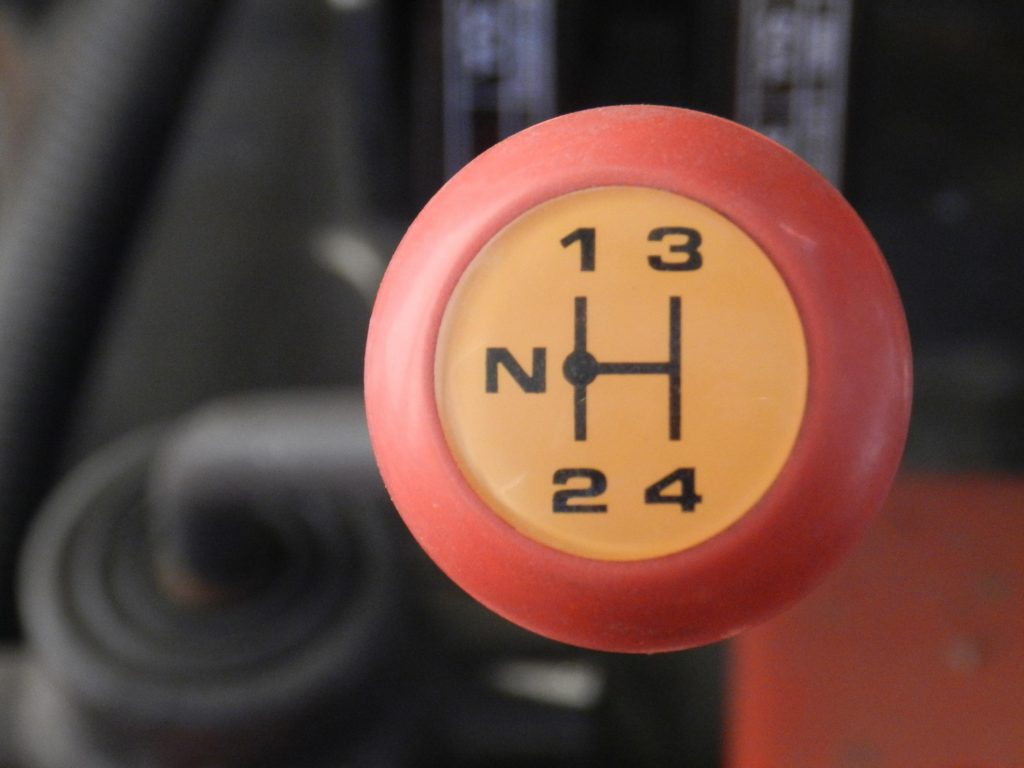
Normally, when someone hears the word “clutch”, it is referring to a vehicle transmission. Manual transmissions need a clutch (usually activated by a pedal) in order to shift gears. Automatic transmissions have clutches too, but they are activated hydraulically, and no clutch pedal is needed.
Mic stands have clutches too. The clutch is the fitting between a larger diameter and slightly smaller diameter tube that allows the length of the stand or the boom arm to be adjusted and then tightened so that it doesn’t slip.
There are a number of types of clutches used for mic stands, but the most common, and best, by far is the threaded, knurled knob that can be adjusted with a single hand.
A half turn counter-clockwise loosens the clutch just enough so that the smaller tube can slide out of or into the larger tube, changing the stand heigth. A half turn back in the clockwise direction locks the two tubes together so that the height remains stable.
This is achieved by a compressible bushing inside the clutch housing. When the clutch is tightened, this bushing is compressed and forced around the smaller tube, locking it it place. When the clutch is loosened, it partially releases its grip on the smaller tube, allowing for adjustment.
Good stands have a stop on the lower end of the smaller tube so that it can’t be completely pulled out of the larger tube, even if it is pulled up to its longest extended length.
